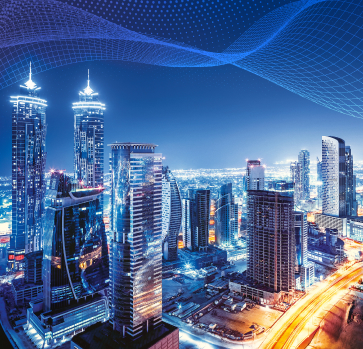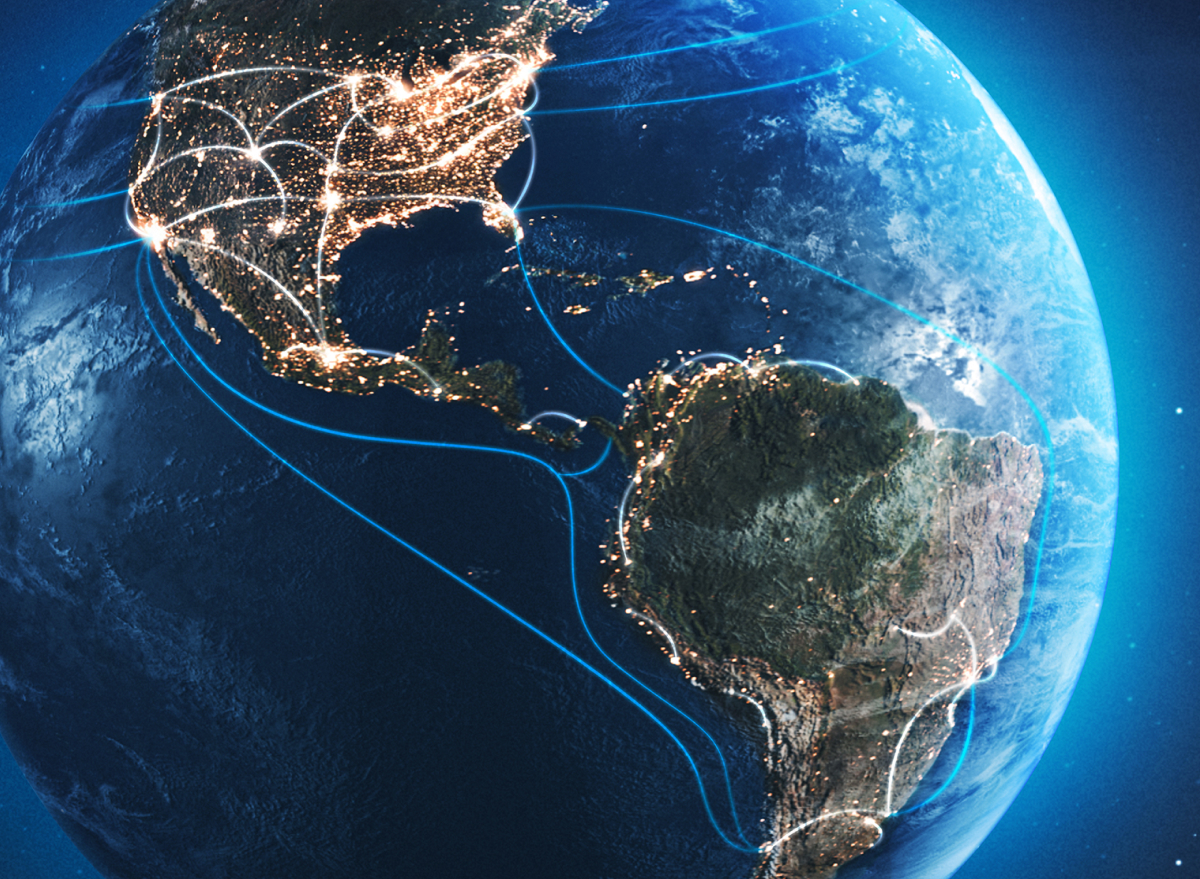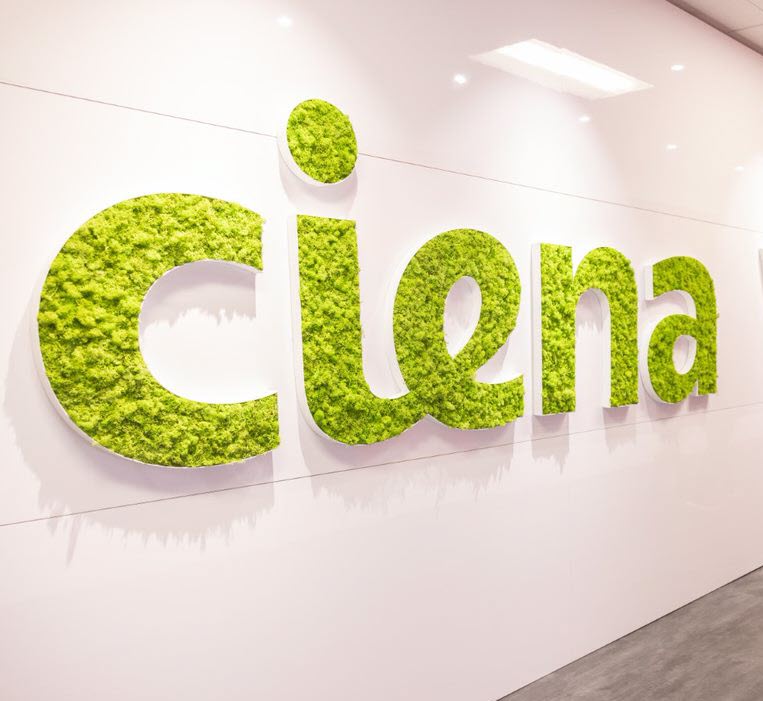Ciena is committed to environmentally sustainable business practices and innovation. Ciena’s Beth Hunter shares the company’s environmental goals and initiatives, helping to reduce its impact while enhancing network sustainability.
Industries around the world continue to be motivated to minimize their environmental impact. A recent study found that approximately 80% of global emissions came from 57 companies. This is a mind-blowing and potentially worrisome stat. But on the optimistic side, the telecommunications sector has a tremendous opportunity to help these industries drive down their emissions. For us at Ciena, it is important that we look inward at our own operations in relation to climate change while also helping network operators drive more sustainability across all sectors.
Let’s dive into how we are turning our commitment into action.
Ciena’s environmental commitment
We regularly meet with stakeholders – from customers to investors – to understand their sustainability goals and learn how Ciena can help. But some of the most passionate advocates for sustainability that we come across are from within. In a recent employee survey, 90% of our team members say they value working for a socially responsible company, with 77% listing the environment as a priority for them. These passionate groups of individuals are the driving force behind our goals – whether it’s the improvements in our operations or the innovation of our products that can help networks be more sustainable.
So, let’s look at those goals. In 2023, we set two science-based targets that have been approved by the Science Based Targets initiative (SBTi). You may have heard about science-based targets – these targets align with the Paris Agreement’s goal to limit global warming to 1.5 degrees Celsius from pre-industrial levels. They help organizations define how much and how quickly a company must reduce its emissions, and unlike a carbon neutrality goal, achieving a science-based target requires intentional levers to lower emissions without reliance on offsets.
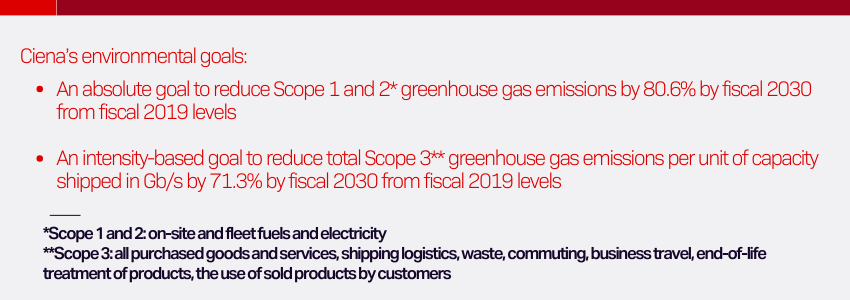
We designed our targets intentionally to not only reduce the impact of our operations, but to also engage with our suppliers and customers to make meaningful emission reductions in our value chain.
Here’s how we are doing that.
Innovating for network sustainability
For us, and many companies that look like us, the biggest source of our emissions come from the use of our products in networks across the globe. Our Scope 3 target, which is an intensity target to reduce emissions per capacity shipped in Gb/s, is specifically addressing this. We know that we can significantly reduce our emissions, and those of our customers, by prioritizing products, services, and software that help customers drive more capacity while reducing power, space, and materials within their networks.
For instance, our WaveLogicTM 6 Extreme (WL6e) doubles the capacity per wavelength, delivers 15% improvement in spectral efficiency, and reduces power per bit by 50% compared to the previous generation. This helps us and our customers reduce emissions on a per capacity basis. In addition, more capacity from a single device also reduces emissions from material use, shipping, and waste at the end of life.
Speaking of end of life, finding ways to limit the impacts of our products at this stage is important to us. Through our equipment refurbishment service, we can extend the usable life of our products by repurposing the equipment, reducing environmental impacts from manufacturing new equipment, while our equipment recovery and reclamation service helps to safely and sustainably dispose of used equipment.
Although product innovation is a significant lever for reducing emissions, we also want to ensure we package these same products in a way that reduces waste and uses fewer natural resources. By the end of 2025, we aim for our packaging to use 70% recycled content by weight and be as close to 100% recyclable as possible. Take our packaging for our O-NID device as an example. We pack this device in an all-cardboard box, place it in a recyclable vinyl bag, and use paper for filler material, all of which can be kept out of landfill.
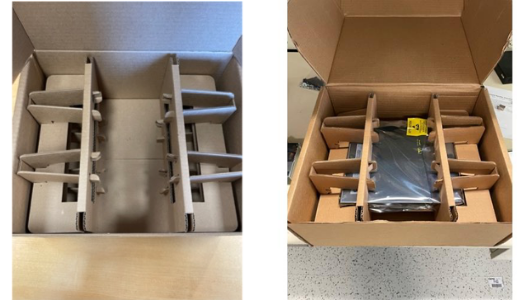 New recyclable packaging for our O-NID device
New recyclable packaging for our O-NID device
Reducing emissions in our supply chain and operations
We believe we can make even greater progress towards our environmental goals when we do so in collaboration with others. For instance, we have worked with one of our contract manufacturers to reduce energy and waste in the buildings where our products are made, including implementing reusable pallet sleeves to help eliminate unnecessary plastic use. We also digitally transformed our supply chain operations to better monitor our inventory, allowing us to track the materials we have on hand and minimize unnecessary movement across the globe. And while on the topic of shipping, we are working with our logistics suppliers to get exact emissions data so that we can find the most efficient ways to ship to our customers.
Given the energy intensive nature of operating our labs and equipment for research and development activities, we’re always exploring ways we can reduce our energy consumption. Over the last year, we transitioned to using 100% renewable energy in all of our facilities. Renewable energy is a significant driver in reducing emissions from electricity use in buildings by using natural energy from wind, solar, biomass, and hydro sources. But that’s not all, our plans over the next five years include multiple energy efficiency projects. And these all can have an impact. To give you a flavor, installing solar films on windows in our labs in Ottawa, Canada, resulted in a reduction of 72,000 kWh annually in that facility alone. A testament to when it comes to reducing our environmental footprint, every bit counts.
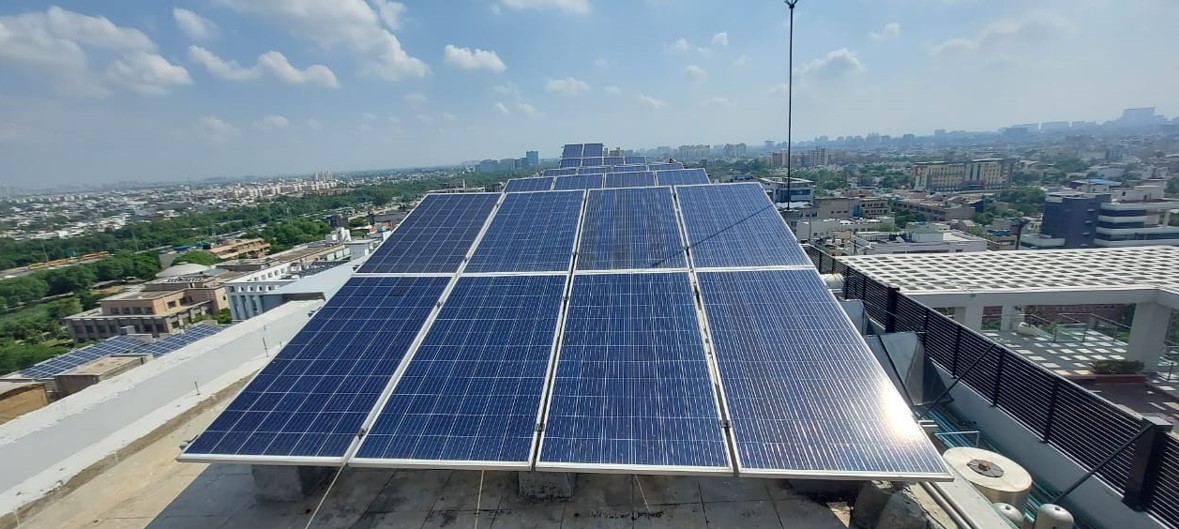
Solar photovoltaic panels at our office in Gurgaon, India
Looking to a sustainable future
We are proud of the progress we have made thus far, but we know there is much more to do. The possibilities that lie ahead excite us, as we continue to deliver innovations to help our customers meet sustainability goals, while also reducing the impact of our operations. As we continue this journey we know that our collective efforts are key to success, so keep an eye out for the latest updates here, as we continue to evolve and innovate together.

